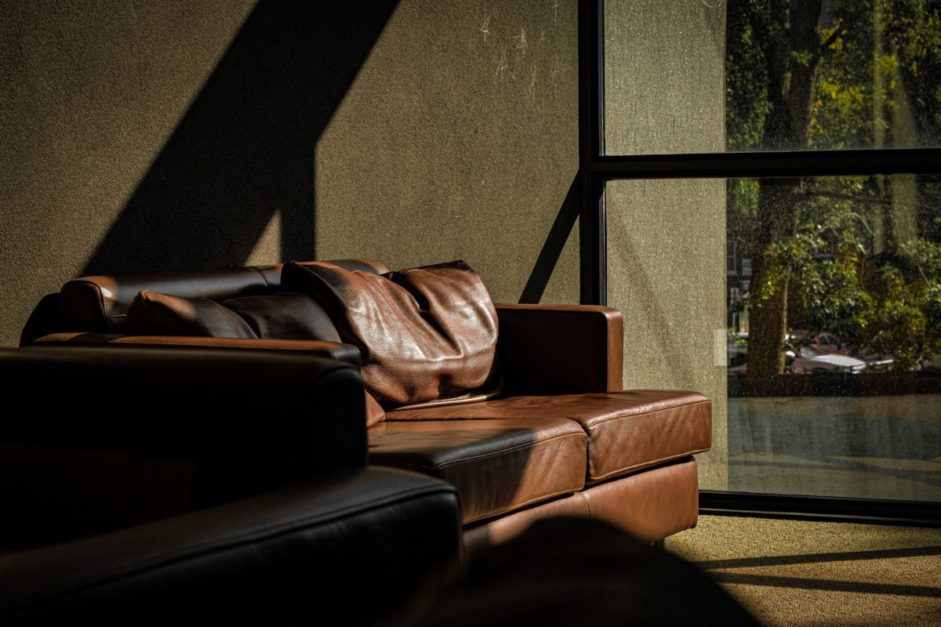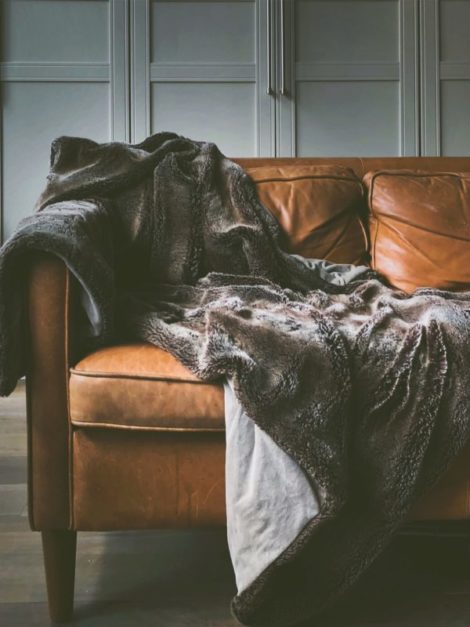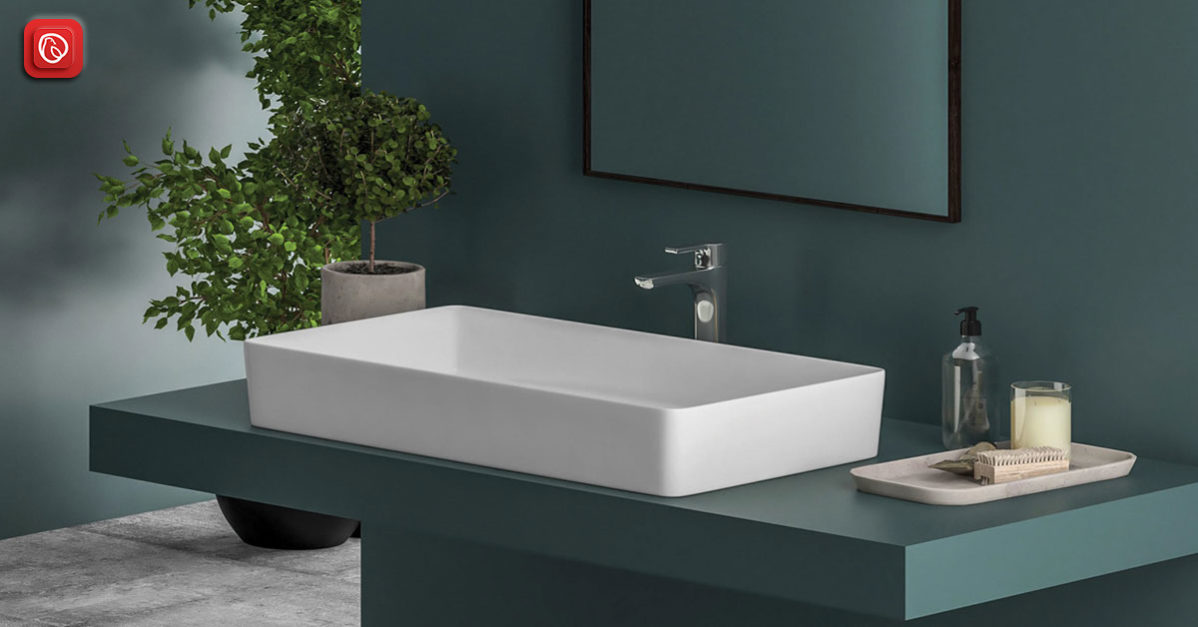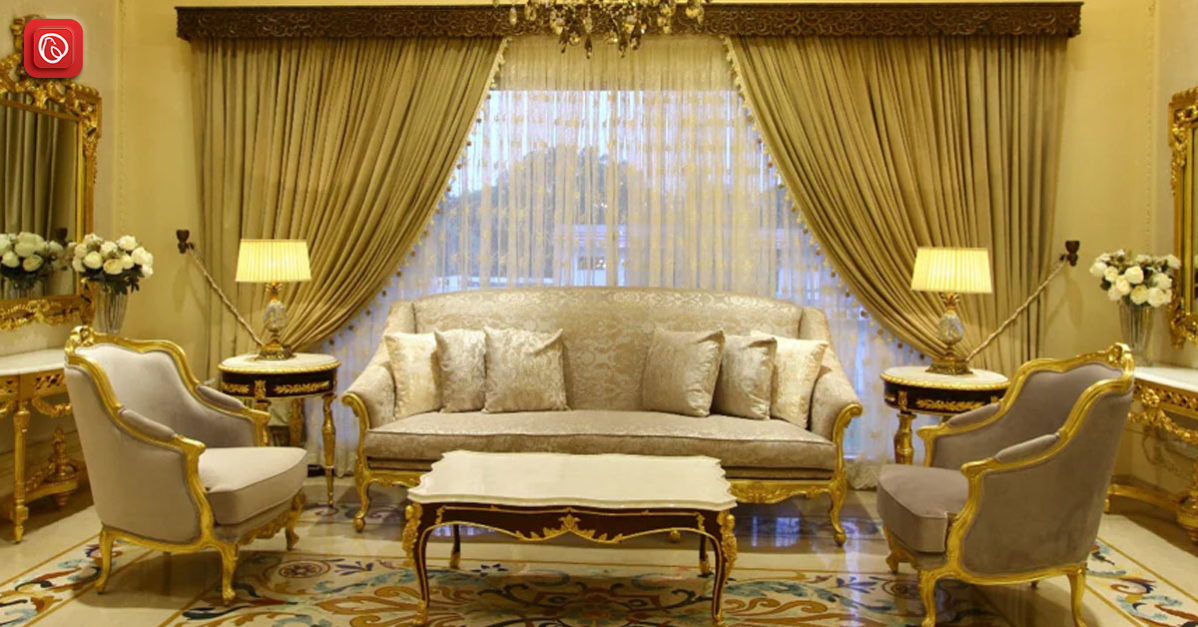Whether you are in the process of upgrading your furniture, giving your wardrobe a due makeover, or merely turning up your style a notch, leather products have proven to be an on-trend-yet-timeless fashion. However, when you go leather shopping, you will be amazed to see the variety of leather that you can choose from. You will come across a multitude of types of leather to buy from; however, it can be broadly categorized into faux leather vs real leather.
The huge demand for both types of leather also brings to focus their texture and specifications and how well they suit the particular needs of every customer. Increasingly, attempts are being made to learn the difference between faux leather and real leather.
In this blog, Graana.com, Pakistan’s smartest property portal, features a comprehensive comparison of faux vs real leather to help buyers in making an informed decision.
What is faux leather?

Also known as “vegan” leather, faux leather is one of the most widely used leather for furniture upholstery. With a general shift towards easily dispensable, throwaway products, faux leather is beginning to attract the attention of the masses towards itself. Once frowned upon as cheap and low quality, faux leather now sees its use not only in furniture but also in home accessories.
The two major categories of faux leather are PU and PVC leather.
Polyurethane (PU) faux leather
PU faux leather manufacturers give polyurethane coating to materials like cotton or nylon for a fine finish and the look is completed with a leather pattern printed over it, getting it as close to real leather as it can visually.
Polyvinyl chloride (PVC) faux leather
PVC faux leather makes use of polyvinyl chloride which gives the same finish as PU leather but it is more suitable for cheaper furniture upholstery.
Based on these specifications, the best faux leather for your furniture is PU type as it imitates real leather as closely as possible.
Real Leather

Also known as full-grain leather, real leather is an animal-based leather type that has been in use for centuries. The most common type of animal hide used in the manufacture of real leather is cowhide. It is the preferred choice for its size and large volumes that you can acquire from cows. Other available types of leather are obtained from alligator, sheep and snakeskin leather.
The leather undergoes either of the two types of tanning: chromium or vegetable tanning. Chromium tanning is a cheaper alternative and is the most preferred choice for furniture. Vegetable tanning sees its use in products that come in contact with steel or steel-related items.
Categories of Real Leather
Real leather is further divided into a few categories based on texture and specifications.
Full-grain leather
The best choice for leather fanatics, it is applauded for its top-notch quality, durability, finish and natural look. It is in wide use for its promising features and characteristics that add style to your living space.
Aniline Dyed Full Grain Leather
The weathered look that aniline-dyed leather takes on is a sight to behold. It not only emphasizes the cuts and patterns of the leather but also adds a vintage look and richness to the furniture that only gets better with age and time.
Embossed Grain Leather
It is the right choice for those who like their leather built to perfection and without any defects. It has a pattern imprinted into it that adds uniformity to the texture. The process of manufacturing the products made from embossed grain leather is also easier as it entertains large batches and is more feasible for products that are recurring and require consistency.
Genuine Leather
Leather processing saw a major boost in efficiency when manufacturers found a way to put the leftover hide to use. The product obtained as a result was labelled as bonded or genuine leather.
It is a softer form of leather that sees its use in low-priced commercial products and helps manufacturers save their resources as well as money. Due to its lower quality and less durability, it is most suitable for applications where users can buy it as an expendable commodity.
Once we have an idea of the different types of leather available and their categories based on the texture and use, we can better weigh the benefits and pitfalls of the leather products under consideration.
Faux Leather vs Real Leather
A fair comparison can be made between the two types based on multiple factors that are considered below.
Cost Factor
Due to its more time-consuming and demanding manufacturing, real leather is the most expensive type. Faux leather is easier to produce and thus sees its use where durability and texture can be compromised on.
Durability
Real leather does not peel off and rather forms a patina as it absorbs more of its surroundings, getting richer and better with each passing day. PU leather is less durable than real leather and may develop cracks over time with prolonged use. However, as it is plastic made, it is resistant to stains and UV radiations and does not fade as easily.
Genuine leather has the shortest lifetime of all types. It is made from leftover hides and mixed with PU leather which adds flakiness to its texture. It also fades in colour if exposed to sun rays for a prolonged period of time.
Texture and Quality
The most natural and seamless look is provided by real leather. The downside is that it is available in limited colour options and lacks consistency in its texture. PU leather provides more textural consistency but lacks the natural finish that real leather comes with. Both PU and bonded leather are available in a variety of colours. However bonded leather does not provide the natural finish nor the right consistency.
Sustainability
The use of animal skins in making real leather is a cause of concern amongst some people. It also results in excessive use of financial and labour resources. The next best option would be considered PU leather. However, it comes with its own pitfalls. Since it is made of plastic, it is not environmentally friendly and decomposable.
This is a major reservation in the use of PU leather as the industries and consumers are struggling to cut down on the use of plastic made products. In terms of sustainability, bonded leather is the best option as it is made from the leftovers of real leather and is not fully plastic either.
Maintenance
Due to the absorbent characteristics of animal skin, real leather can take in fluids from its surroundings, causing it to stain. It is also harder to clean and maintenance is required at least twice a year to ensure its texture sustains. Abrasive cleaners are a no-go when it comes to the maintenance of real leather furniture upholstery.
Since plastic is waterproof, PU faux leather is the easiest to maintain, and with proper care, you can get more use out of it. Due to the flakiness of bonded leather, it is also more difficult to clean it, especially with abrasive cleaners.
Smell
The odour of each leather type is subject to its user choice and taste. Some people do not prefer the natural and strong animal skin smell whilst there are those who are not huge fans of artificial smells.
How to make the right choice?
It all boils down to your personal preferences and taste. If you are looking for durability and class and want your items to be unique and timeless, real leather is the way to go. With its natural finish, it adds just the style your home needs.
However, if you require easy maintenance and are sceptical of the use of animal skins, faux leather is your best option. This debate of faux leather vs real leather doesn’t have a definitive answer. It is best to choose whichever one suits your needs well.
The next time you go to buy a leather product, make sure you thoroughly evaluate these factors to make the right decision. For more information, visit Graana.com – Pakistan’s first online real estate marketplace.
Read More




